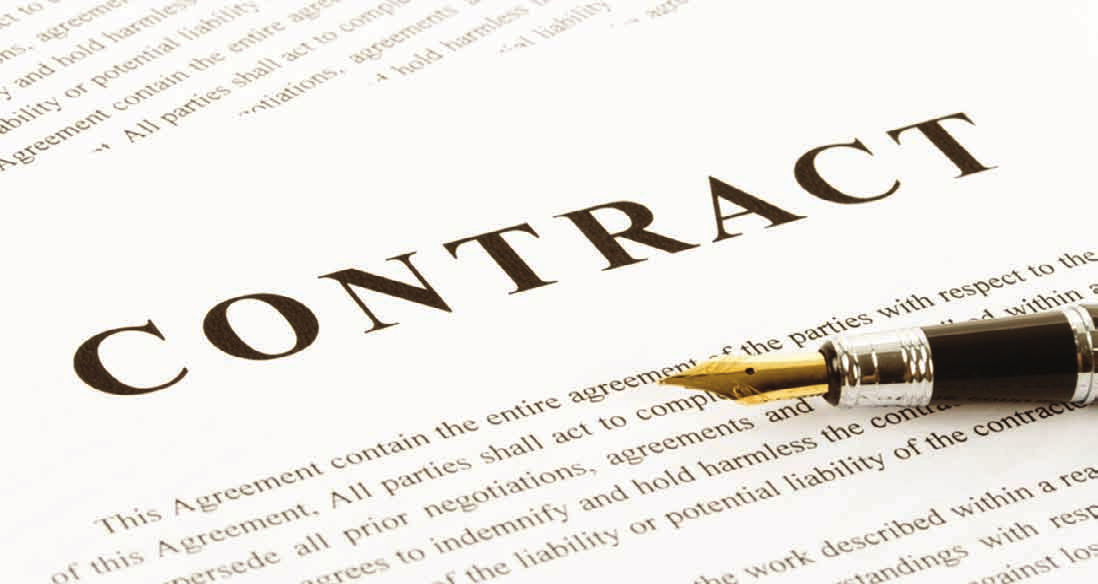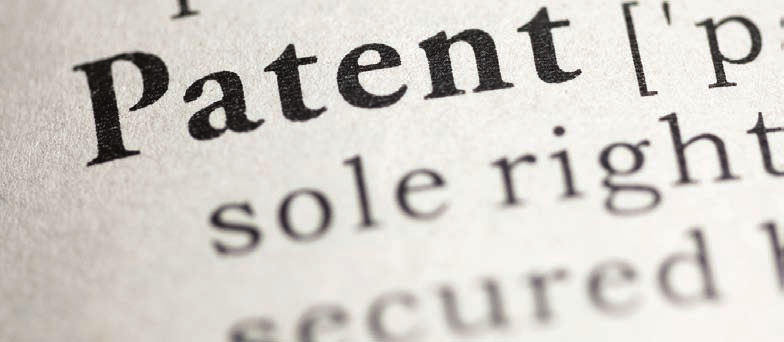
Responding to an Examination Report - Potential Banana Skin!
INTRODUCTION
Sometimes, it’s the little things that can decide whether an action for infringement and/or passing off of a trade mark succeeds or not. These ‘little things’ are, often, a consequence of ill-thought out and unplanned actions taken before the Trade Marks Registry. Even the most open-and-shut case or robustly formed enforcement plan can come unhinged if a brand owner is not careful and diligent before the Trade Marks Registry.
One of the potential banana-skins, before the Trade Marks Registry, is filing a response to an examination report issued. Often times, these responses are prepared and filed without thinking two steps ahead and without considering the litigation aspect. An ill-plan and hurriedly filed response is enough to de-rail a brand owner’s enforcement strategy and even what would appear to be an open-and-shut case.
IMPORTANCE OF THE RESPONSE
Unlike before, the Trade Marks Registry has become more efficient in prosecuting trade mark applications. It is, now, extremely common for an application to get directly accepted and advertised, without any examination report having been issued. That being said, the Trade Marks Registry does issue examination reports in cases where the trade mark may fall foul of Sections 9 and/ or 11 of the Trade Marks Act, 1999 (“TM Act”). Broadly speaking, Section 9 of the TM Act mandates that a trade mark should be distinctive and not descriptive of the goods and/ or services for which registration is sought. Section 11 of the TM Act mandates that a trade mark should not be identical or deceptively similar to a prior existing mark on the Trade Marks Register.
When an examination report is issued, and especially where an objection has been raised under Section 11 of the TM Act, it is vital that the response be well thought out, and filed after considering the impact of taking a position before the Trade Marks Registry will have on a possible future enforcement strategy. Let us examine this with an example. XYZ Ltd. (“XYZ”) has applied to register a composite mark consisting of the letters ABC and a device of a cat. An examination report is issued for the composite mark, where third party owner prior existing cat formative marks are cited. XYZ, in their response to the examination report, take a categorical stand that their composite mark, taken together, is different and distinguishable from the said cited marks. Based on their response, XYZ’s application is accepted and published in the Trade Marks Journal. There-after, XYZ learn that M/s. ABC (“ABC”) have adopted an allegedly deceptively similar mark containing the device of a cat and file a suit for passingoff. The question that arises is whether XYZ are now estopped from seeking to restrain (by way of an injunction) ABC from using a mark containing a cat device, when XYZ have themselves acknowledged, in their response to the examination report, that their own composite mark is different from other cat device formative marks? This situation does certainly become relevant when the rival marks are deceptively similar and not identical. Where the rival marks are identical, this question may not be pertinent.
The principle of approbate-reprobate is now well settled in India. A party to litigation cannot blow hot and cold to suit its convenience. Once XYZ has taken a stand before the Trade Marks Registry that its composite mark is different from other cat formative logos, and the said stand is accepted by the Trade Marks Registry, then how can XYZ turn around and aver that ABC’s cat device mark is deceptively similar to its mark. It certainly appears that XYZ is blowing hot and cold before two different forums. A twist to the above fact situationsuppose XYZ had take the stand that its composite mark was different to the third part owned cat formative mark, and its application was yet to be accepted, and then XYZ decides to sue ABC, would estoppel still apply? Probably not. Suppose the Trade Marks Registry refuses to accept XYZ’s application, then surely its stand taken before the Trade Marks Registry will not act as bar against suing ABC before a Court of law.
The above fact scenario only goes to show the importance of carefully crafting a reply to an examination report. Very often, the response is mechanical, without considering whether a stand taken before the Trade Marks Registry can come back to haunt the applicant at a later date. The above fact scenario would equally apply where XYZ may have been suing for infringement and passing-off. It is indeed amazing as to how common it is for Defendant’s to show chinks in the Plaintiff’s armour from the prosecution history of the Plaintiff’s trade mark.
In the case of Living Media India Ltd. & Anr. v. Alpha Dealcom Pvt. Ltd. & Anr., a decision passed in 2014, a similar issue, as discussed above, arose. The plaintiff, whose mark was INDIA TODAY, had contended in their response to the examination report that their mark was dissimilar from the cited mark PUNJAB TODAY. There-after, the Plaintiff sought to injunct the Defendant from using the mark NATION TODY. While dismissing the interim injunction application, the Court observed that since the Plaintiff had stated that its mark INDIA TODAY was different from PUNJAB TODAY, it could not therefore allege that the mark NATION TODAY was similar to its mark.
The need, therefore, is care and diligence during the prosecution of a trade mark application. Given that responses to the examination report, amongst other documents and forms, are readily available for public viewing and access on the Trade Mark Registry’s website, the first step that any prudent defendant would take is to go behind the prosecution history of the Plaintiff’s registration/ pending application, and see if the Plaintiff has “shot itself” in the foot before the Trade Marks Registry.
CONCLUSION
In conclusion, it is always recommended that any response or letter sent to the Trade Marks Registry, especially related to an examination report, be examined from an enforcement stand point. It is vital to think three-four steps ahead while prosecuting a trade mark application so that a response to an examination report does not come to haunt the applicant while filing and prosecuting a civil/commercial action for injunction and damages before a judicial forum.
Recent Posts

Condition Precedent and Condition Subsequent under the Indian Contract Act, 1872
Jan 2019

Conceptual Similarity of Trade Marks: The Indian Position
Nov 2018

Decoding the ‘Myth’ behind the 2-Part Claim Drafting Format in the context of the Koniklijke Philips’ Case
Oct 2018